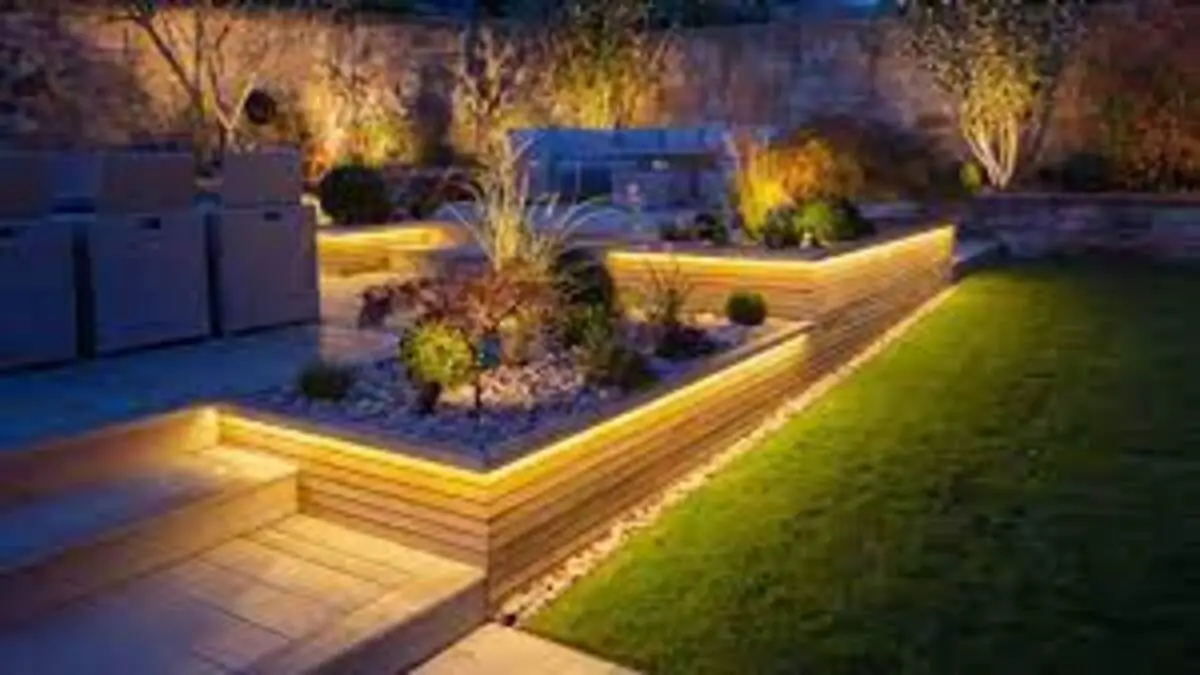News
Illuminating the Outdoors: The Brilliance of Outdoor LED Lights

In the realm of outdoor lighting, LED lights have emerged as a revolutionary force, transforming gardens, pathways, and outdoor spaces into enchanting realms of light and color. Outdoor LED lights have become increasingly popular due to their energy efficiency, longevity, and versatility. This article delves into the myriad benefits and applications of outdoor LED lights, shedding light on why they have become the go-to choice for both residential and commercial outdoor illumination.
Energy Efficiency:
One of the standout features of outdoor LED lights is their exceptional energy efficiency. Traditional lighting sources, such as incandescent and fluorescent bulbs, often lose a significant amount of energy in the form of heat. In contrast, LED lights convert nearly all of their energy into light, minimizing waste and reducing energy consumption. This efficiency not only lowers electricity bills but also contributes to a more sustainable and eco-friendly outdoor lighting solution.
Longevity:
LED lights are renowned for their impressive lifespan, outlasting traditional bulbs by a significant margin. The longevity of LED lights is attributed to their solid-state design, which is far more durable than the fragile filaments found in incandescent bulbs. With a lifespan of tens of thousands of hours, outdoor LED lights require less frequent replacement, reducing maintenance costs and minimizing the environmental impact associated with disposal.
Versatility in Design:
Outdoor LED lights come in a variety of designs and form factors, offering a level of versatility that caters to diverse aesthetic preferences and functional requirements. Whether it’s string lights, pathway lights, spotlights, or decorative fixtures, LED technology seamlessly integrates into various outdoor lighting applications. Additionally, the color spectrum of LED lights can be customized, allowing users to create dynamic and atmospheric lighting effects to suit different occasions and moods.
Weather Resistance:
Outdoor LED lights are designed to withstand the rigors of outdoor environments, including exposure to rain, snow, and fluctuating temperatures. The robust construction of LED fixtures ensures durability and longevity, making them ideal for year-round use. This weather resistance makes outdoor LED lights a reliable choice for illuminating gardens, patios, and other outdoor spaces regardless of the season.
Smart Lighting Integration:
The integration of smart technology has taken outdoor LED lighting to new heights. Many LED fixtures are compatible with smart home systems, allowing users to control and customize their outdoor lighting through smartphones or voice-activated assistants. This level of automation not only enhances convenience but also provides opportunities for energy savings by scheduling lighting based on usage patterns and preferences.
Energy Savings and Environmental Impact:
The energy efficiency of outdoor LED lights directly translates into tangible savings on electricity bills. Moreover, the reduced need for frequent replacements and the lower energy consumption contribute to a smaller environmental footprint. As societies worldwide strive for sustainability, the adoption of energy-efficient lighting solutions like outdoor LED lights aligns with broader environmental goals.
Conclusion:
Outdoor LED lights have ushered in a new era of efficient, durable, and visually stunning outdoor illumination. From enhancing curb appeal to creating inviting outdoor spaces for entertainment, LED lights have become an integral part of modern outdoor design. As technology continues to advance, the future of outdoor lighting undoubtedly shines even brighter with the continued evolution of LED technology. Embracing the brilliance of outdoor LED lights not only illuminates our surroundings but also illuminates a path toward a more sustainable and visually captivating outdoor environment.
